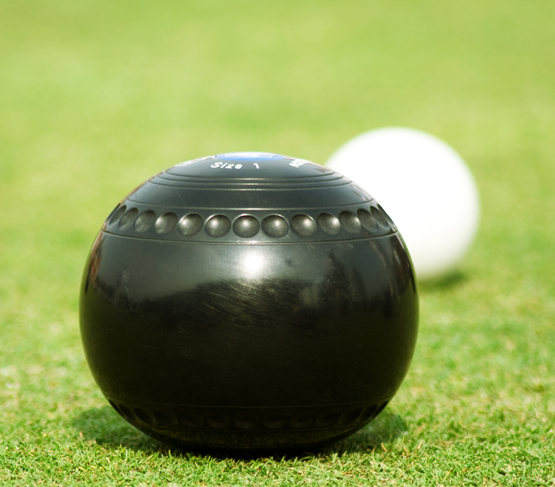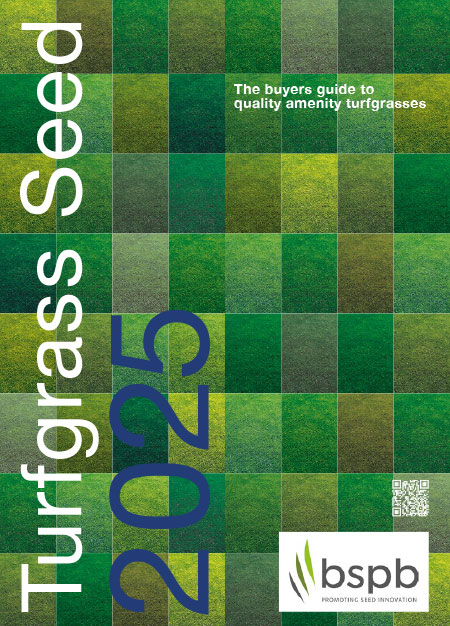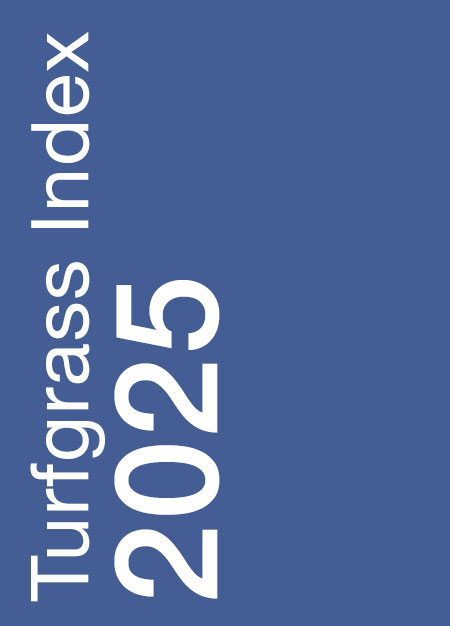Cultivars of bentgrass species are listed in order of their suitability for use in very close mown turf, such as golf and bowling greens, mown at 4mm, in Table G1. Currently there are no cultivars of velvet bentgrass listed for Turfgrass Seed.
For very fine turf, such as golf greens and bowling greens, the finer and denser cultivars of A. capillaris appear to perform best under traditional UK management and growing conditions. Higher management inputs are required to maintain creeping bentgrasses.
Velvet bentgrass (A. canina) produces exceptionally dense turf and generally has better drought tolerance than the other bentgrass species. However, it also produces more thatch than other bents and this would need to be controlled to maintain the very good surface, which this grass can produce.



